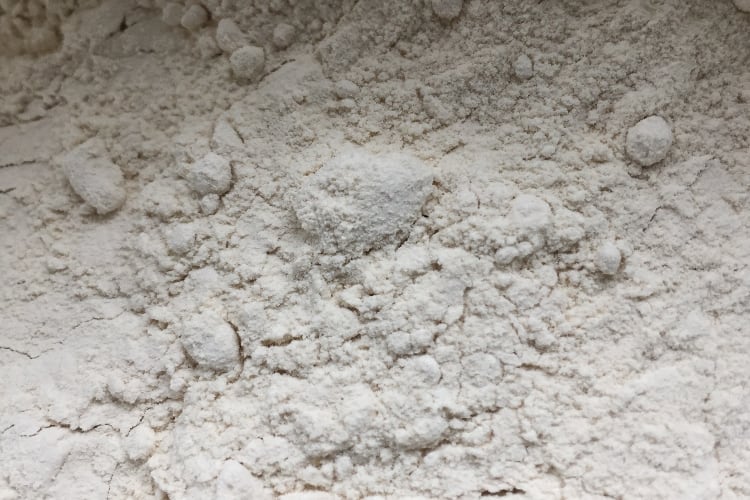The article focuses on changes to the macromolecular structure of the milk fat globule (MFG) and the subsequent impact on digestion and was published in December in the peer-reviewed journal Current Developments in Nutrition.
Authored by Sarah M. Reyes, Ph.D., MSc, and colleagues, "The Impact of Homogenization on Donor Human Milk and Human Milk-Based Fortifiers and Implications for Preterm Infant Health" uses published data to create a conceptual framework for the potential implications of homogenized human milk-based nutritional products on preterm infant health and suggests avenues for future research.
"Homogenization disrupts the milk fat globule, which may lead to premature digestion of bioactive components, including sphingolipids and long-chain polyunsaturated fatty acids (LCPUFAs), linked to favorable neurological outcomes. The implications of these changes for infant health are unknown," said Reyes, scientific liaison, human milk and clinical research, at Prolacta.
Homogenization evenly disperses two liquids to create a single uniform mixture. In the dairy industry, homogenization is used to improve cow milk's taste, consistency, and appearance, as well as to extend shelf life. Dairies homogenize cow milk to disperse fat droplets and prevent the cream from rising to the top.
"The well-established clinical benefits of human milk-based nutritional products only apply to currently available non-homogenized products. The safety and efficacy of homogenized human milk-based nutritional products have not been established," Reyes said.
"Human milk-based nutritional products are not created equally," said Melinda Elliott, chief medical officer for Prolacta, practicing neonatologist, and a study co-author.
"As human milk researchers and medical professionals, it is our opinion that the use of industrial processing techniques such as homogenization, with or without high-heat processing, should be avoided for human milk-based nutritional products until their safety and efficacy have been established."
The major difference between cow milk-based and human milk-based products is the composition — notably, the bioactive components that are unique to human milk. These include immunoglobulins, lactoferrin, milk fat globule membrane, and the wide spectrum of prebiotics known as human milk oligosaccharides (HMOs). Bioactivity is thought to support infants' immunity, development, growth, and long-term health.
Prolacta said its 100% human milk-based nutritional products have the highest bioactivity in the human milk industry. Its nutritional products are vat pasteurized using profiles defined by the U.S. Food and Drug Administration (FDA) to ensure pathogen inactivation and the highest level of safety while retaining as much of the natural bioactivity of the milk as possible. Prolacta said its vat pasteurized products retain higher bioactivity than products processed using other methods, including retort sterilization and ultra-high-temperature (UHT) processing.

